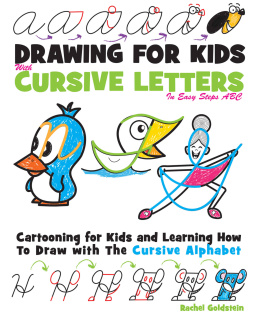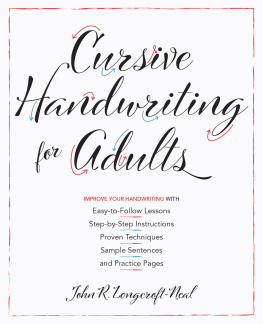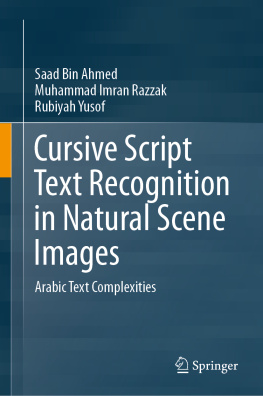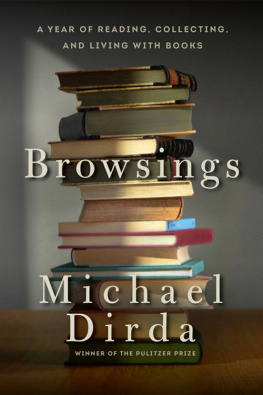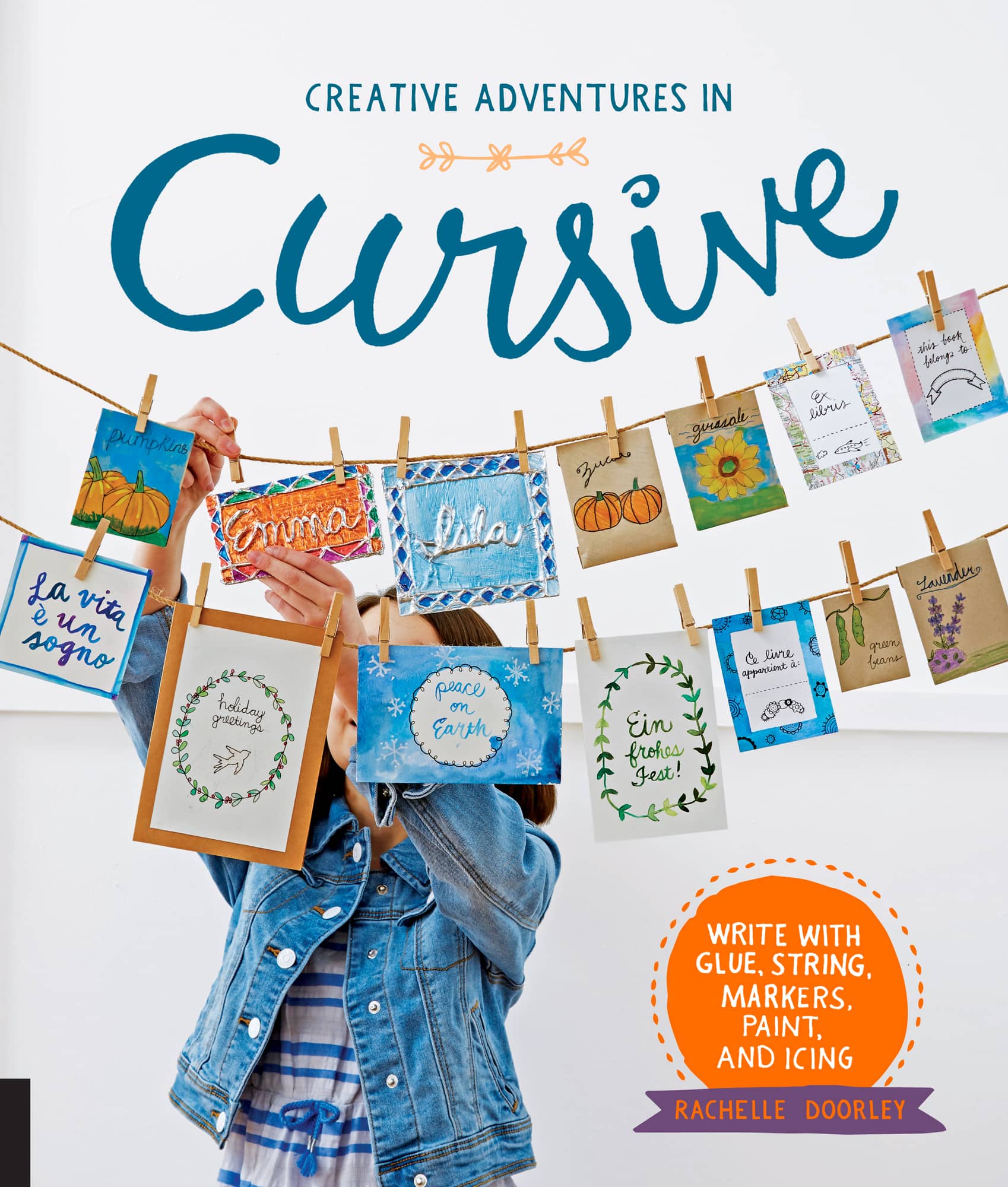More praise for Rachelle Doorleys Creative Adventures in Cursive:
In this age of over-developed thumbs flying over tiny keyboards, this guide to joyful handwriting takes the curse out of cursive and reconnects young writers hands with their eyes and minds. Doorley unabashedly embraces the aesthetic dimension of learningthe powerful attraction we have to making what we produce, especially our words and ideas, beautiful on the page. The nearly lost art of handwriting is recovered here with countless activities and exercises designed to excite and engage young learners.
Steve Seidel, Director of the Arts in Education Program at the Harvard Graduate School of Education
introduction
W hen I was in school, cursive was taught to all children at around age eight or nine. Learning this flowing, sophisticated style of writing was challenging and fun. When I discovered that I could dress up these beautiful letters with loops and swirls, it became creative, too. Cursive writing opened up new adventures in self-expression for me, and I can vividly remember the joy of practicing my lettering and experimenting with writing my name and then names of my friends with sweeping embellishments.
Although it was new to me back then, cursive, which is also known as script, longhand, and handwriting, has been around for hundreds of years. Kings and queens, explorers and spies, and presidents and founding fathers wrote their important documents and secret messages in cursive. Some of these are shared throughout the book as starting points of inspiration.
Cursive was originally invented with the intention of making writing quicker. Because cursive forms when letters connect together, you dont have to pick up your pen or pencil as often as you do when you print, and that can save time.
But cursive is also a wonderful means of self-expression. Each of our handwriting styles is different, and everyones signature is unique. Those things let us share our personalities with the world in ways that writing on a keyboard cant. When we hand write our name on something, we make it personal. When we send a handwritten note to a friend, it contains a little bit of ourselves that can be special to the person who receives it.
And theres more! Writing by hand can help you think! Some people think, Why write in cursive when you can write on a laptop? But taking notes down by hand allows you to learn them better and remember them better than writing on a computer!
In this book, youll try out your cursive skills in ways you never imagined. Youll find out how to write with icing, yarn, clay, needle and thread, and paint. Youll find out how to write on rocks, write on balloons, make things for your room, make good things to eat, and even invent your own writing style!
Cursive is fun, and the adventure begins here.

All About Writing
Cursive Warm-ups
Is cursive writing a sport? Well, maybe not, but in just the same way that we warm up our bodies before playing sports, it can be helpful to warm up your arms and hands before tackling a session of writing. A little warm-up will let you feel relaxed and ready for tackling a project with script, scrolls, and scrawls. Try these stretches and doodling exercises that are not only good warm-ups, but just plain fun.
tips
Make sure your work area is clear of clutter.
Relax your hand: Dont grip too hard because this can add stress to your hand. When your hand is relaxed, you have more freedom to make flourishes and loose writing.
Move your arm and wrist to the right as you write. A static hand will make your writing wobbly.


Warm-up Exercises
Hand and arm warm-ups
Tighten your hands into fists and then open your hands, stretching your fingers wide.
Touch each of your fingers to your thumb.
Roll your wristsoutward five times, then inward five times.
Hold one arm out and squeeze your wrist with the other hand. Then, move up the arm, gently squeezing as you go. Switch arms and repeat.
Rub your hands together.
Intertwine your fingers and squeeze your hands together a few times.
Writing exercises
Set out a piece of paper and pick up your pencil or pen.
Start making an o and then keep making it across the paper. Now, make os in the other direction. Make os that get smaller as they move across the page.
Make rows of zigzags across the paper.
Without picking up your pen, make a running line of fs across the page. Allow for plenty of space between letters. Try this with other letters, too!
Draw a circle with a pencil and make cursive fs all the way around the circle so it forms a lacy wreath. Do the same with ls and es.
Draw a spiral in pencil and then write over it with a message in cursive.
CREATE YOUR OWN
Cursive Style
Why not experiment with different cursive styles that suggest who you are. Will your style be careful, bold, old fashioned, or charming? With a little bit of practice, you can design a style thats all you. The best way to find your own style is to keep on practicing. After experimenting with these two exercises, develop your style by writing a letter to a friend.
You'll Need
blank paper
pencils or pens
#1 Write a Pangram Sentence
A pangram is a sentence that includes all the letters of the alphabet. Its a great tool for practicing your cursive and seeing how all the letters will look.
Try one of these pangrams on a new page:
The quick brown fox jumps over the lazy dog.
The five boxing wizards jump quickly.
Here are examples of cursive pangrams.
#2 Design Your Own Signature
Give yourself some time and write lots and lots of trials of your name.
Fill your page with different versions of your name.
Experiment, try new things, and add flourishes.
Keep experimenting until you find something you like.
Once youve got it, fill another page with your new signature.



